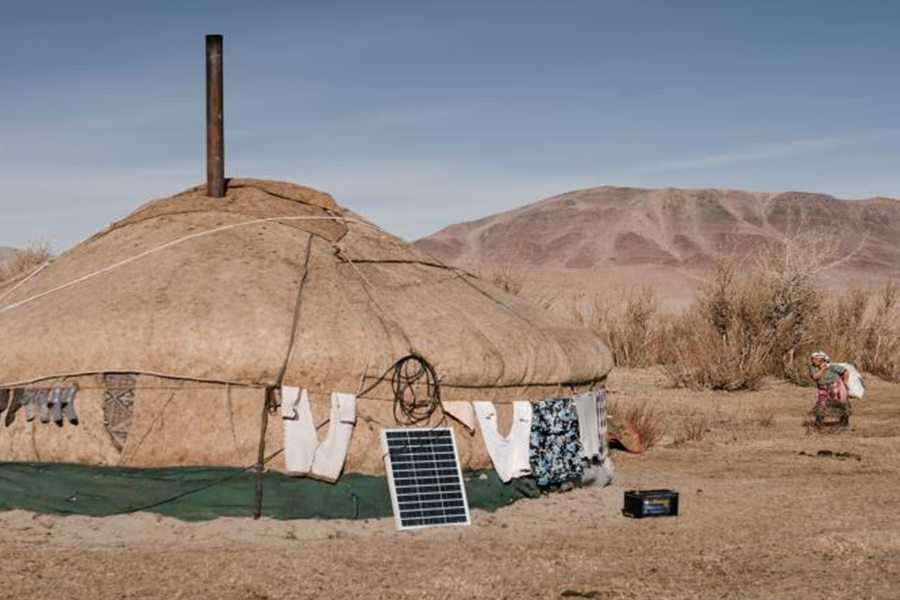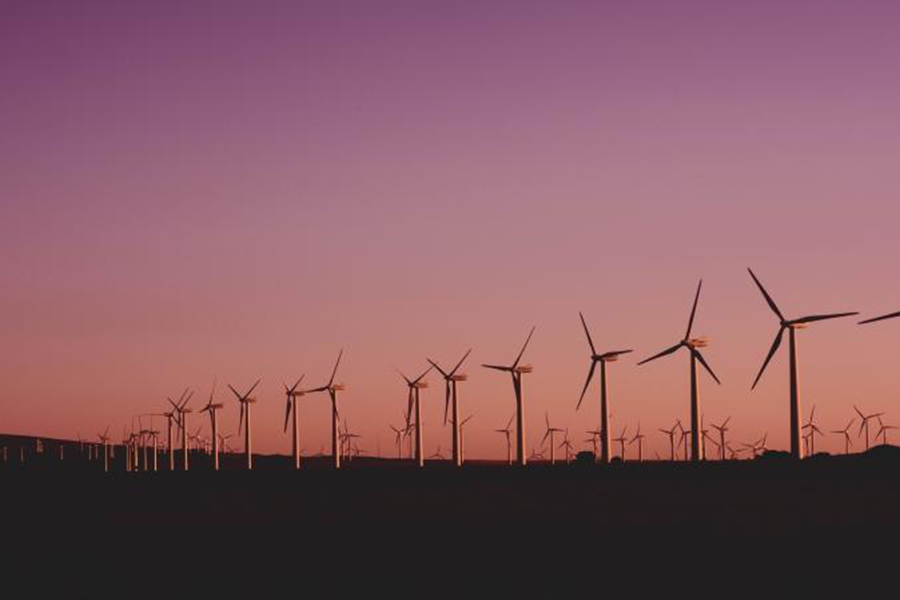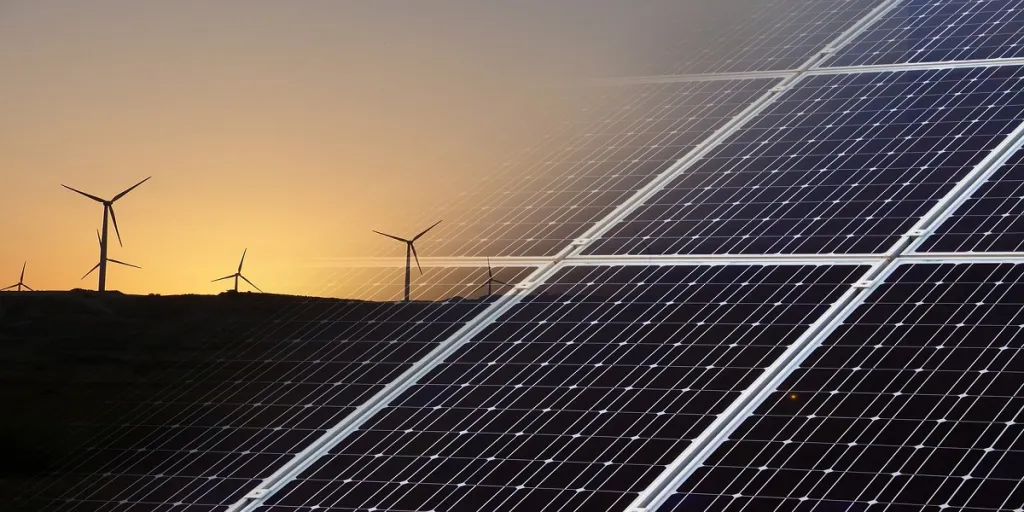Many researchers have described Africa as a ‘leapfrog’ continent due to its potential to bypass high-cost technological development stages in multiple sectors. For instance, fixed telecom lines never became popular in Africa; instead, the continent moved straight to mobile phones. Similarly, Africa has built a different energy pathway that bypasses traditional energy infrastructure by creating a renewable, off-grid energy system.
Table of Contents
Introduction to Africa’s energy industry
An overview of Africa’s energy industry data
Market size and potential
Factors driving the demand for off-grid renewables
Major trends in the African energy market
Target customers
Final takeaway
Introduction to Africa’s energy industry
An overview of Africa’s energy industry data
Forecasts by the International Renewable Energy Agency (IRENA) indicate that nearly half of Africa’s population has no access to electricity. However, the continent is expected to experience a new energy revolution where access to electricity will be mainly through renewable energy and natural gas.
A decrease in technology costs and Africa’s substantial renewable resources have been the key drivers in the region’s growing distribution of utility-scale and distributed solar photovoltaics (PV) systems and other renewables. The solar PV deployment averages approximately 15GW annually but is expected to grow to 340GW by 2040. Other energy sources rapidly expanding in the continent include wind, geothermal, and hydropower.
Market size and potential
The use of renewable energy has significantly increased across Africa as the countries continue to set clear strategies and policies to achieve the global clean energy transition and comply with climate change pledges. For instance, approximately 600 million people in Africa live off-grid, with 10% of this population using an off-grid renewable energy of some kind.
Africa has the fastest growth rate in renewable energy globally, which currently sits at an average of 96% per year. The continent received 70%, approximately US$1.7 billion, of global investments in the off-grid sector between 2010 and 2020. This skyrocketing investment can be associated with the increased demand for alternative energy sources, especially in rural areas where mini-grids and stand-alone systems are considered the most viable solutions to the lack of electricity.
Factors driving the demand for off-grid renewables
This push for off-grid energy sources has been driven by low installation costs, especially solar energy, no monthly charges, and reliability. For instance, more than 350,000 people in East Africa are using home solar panels to light their homes, making solar energy the most popular alternative energy source in the region.
Major trends in the African energy market
- There are more oil and gas exploration and production activities
Fossil fuels contribute 40% of sub-Saharan Africa’s total energy mix. The numbers are expected to increase due to the accelerating oil and natural gas exploration projects throughout the continent. For instance, African countries including Egypt, South Africa, Tanzania, Senegal, Mozambique, and Mauritania, collectively contributed 40% of global gas discoveries between 2011 and 2018. These discoveries will significantly reaffirm the continent’s position and potential as a critical oil-producing region.
- Accelerating non-hydro renewables
Most African countries are reducing dependency on coal and oil-based energy sources and diversifying to non-hydro renewables. Although 90% of Africa’s non-hydro power is still unexploited, non-hydro renewable sources, including biomass, geothermal, solar, and wind, are increasingly becoming the continent’s alternative energy sources.
Biomass energy
Biomass energy sources are considered viable resources to promote energy security and diversity. Approximately 80% of the population in Sub-Saharan Africa (SSA) relies on biomass energy, including wood, plant, and animal waste. As a result, bioenergy is the most dominant energy source, accounting for about 48% of the total available resources in the continent. Besides, the number of bioenergy users is projected to increase to 720 million by 2030, indicating the potential market for biomass energy investment.
Geothermal energy

Africa’s geothermal potential is predominantly available in the Great Rift Valley, a 6,000km terrain that stretches from northern Syria to central Mozambique in South Eastern Africa. Despite the tremendous geothermal potential in this region, only 0.6% is currently utilized. East African countries are estimated to have a geothermal potential of 20,000 MW. The prospect of geothermal energy in Africa is evident in Kenya, the largest geothermal producer in Africa. Its geothermal power production accounts for 40% of the nation’s electricity generation.
Solar energy

The solar energy industry in Africa is booming due to the increased demand for renewable energy. Solar panels are relatively cheap compared to other renewable sources and can be installed in almost all parts of Africa due to the continent’s higher hours of bright sunshine. As a result, the private sector has significantly invested in solar companies. For example, Globeleq has a 20-year power purchase agreement (PPA) with the Kenya Power and Lighting Company (KPLC) to distribute solar electricity as an independent power producer (IPP) to Kenyans. The facility, equipped with 157,000 solar panels, has delivered electricity to almost 250,000 residential customers in Kenya.
Wind energy

In recent years, wind power has shown its potential, encouraging more investments in this renewable energy source. Although Africa is lagging with harvesting wind energy, a study by IFC shows that the continent has a technical wind potential of almost 180,000 terawatt hours (TWh) per year, adequate to meet its energy demands 250 times over. These statistics reflect the continent’s promising future in renewable energy.
- Decentralizing renewable energy through off-grid solutions
National electric grids in Africa are unreliable and expensive, leading to the decentralization of renewable energy through off-grid and mini-grid systems. While 68% of Africans live in places served by national electric grids, only 43% enjoy reliable supply from their country’s national electric grid. Therefore, off-grid systems are a practical solution to this problem, given their increased efficiency, reliability, and low installation costs.
In most African countries, off-grid renewable energy refers to solar photovoltaic (PV) systems, either at residential or commercial levels. As a result, the market for solar energy products has significantly increased, with East Africa alone reporting the sale of 2.43 million units of off-grid solar products in the second half of 2019, including solar home systems and solar lanterns.
Target customers
The primary target market for off-grid renewables in Africa is people in rural areas. For instance, 94% of Africans living in urban areas have access to the national grid compared to 45% of residents in rural areas. This problem is associated with the high costs and impractical conditions of connecting rural areas with the national grid. In addition, some entrepreneurs are harnessing solar power to run businesses to reduce the high costs of power delivered through national distribution channels. Therefore, other than individual consumers, companies provide an opportunity to market renewable energy products across the continent.
Final takeaway
High costs and unreliability of national electric grids in Africa have been significant drivers of demand for off-grid renewables.




